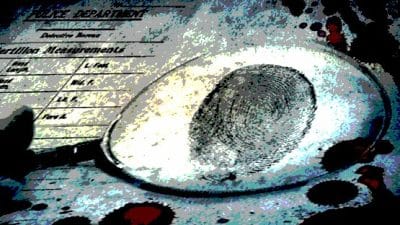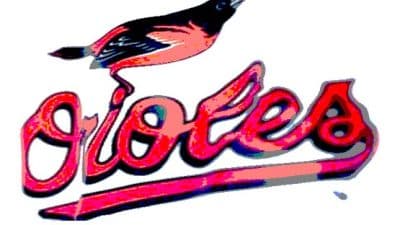
The new communications director at Washington and Lee reached out this morning to ask me to consider correcting the record on that point this morning. I will do that here: the only Confederate flags on campus are in the Lee Chapel and Museum. That was easy; I just needed to do five minutes of research to get that one right. Second issue: the Sons of Confederate Veterans don’t conduct marches on campus. They do have to walk across a small portion of campus to get to Lee Chapel, which they have rented in the past to hold programs around Lee-Jackson Day, and some may walk in formation to get to the chapel, but the idea that they conduct marches throughout campus isn’t a fair depiction.
The record corrected now, the conclusions in the column still stand. The school and the student group raising issue with W&L’s ties to Robert E. Lee have plenty of room for compromise. W&L should cease renting out Lee Chapel to the Sons of Confederate Veterans. The school should also fully recognize the observance of Martin Luther King Jr. Day with the cancellation of all classes on campus to mark the day.
The student group, for its part, is going to have to give in on its demand that the school repudiate Lee (and by extension its other namesake, George Washington) related to his ties to the Confederacy and to the institution of slavery.
I may need to rethink my stance on the Confederate flag part of the student group’s demands. I had suggested that the school remove battle flags from other areas of campus that it turns out aren’t actually there. As I suggested in the original column on this topic, the flag is a political symbol far more than it is a historical marker, and its place in modern culture is to serve to divide people in the present, not to honor the past.
I think the school needs to give a little here, but I’m not sure what to recommend be done.
I look forward to digging into this story some more in the near future. There’s definitely a lot here worth discussing in terms of Southern history, heritage and the role of history and heritage in the South on the modern day.
– Column by Chris Graham










